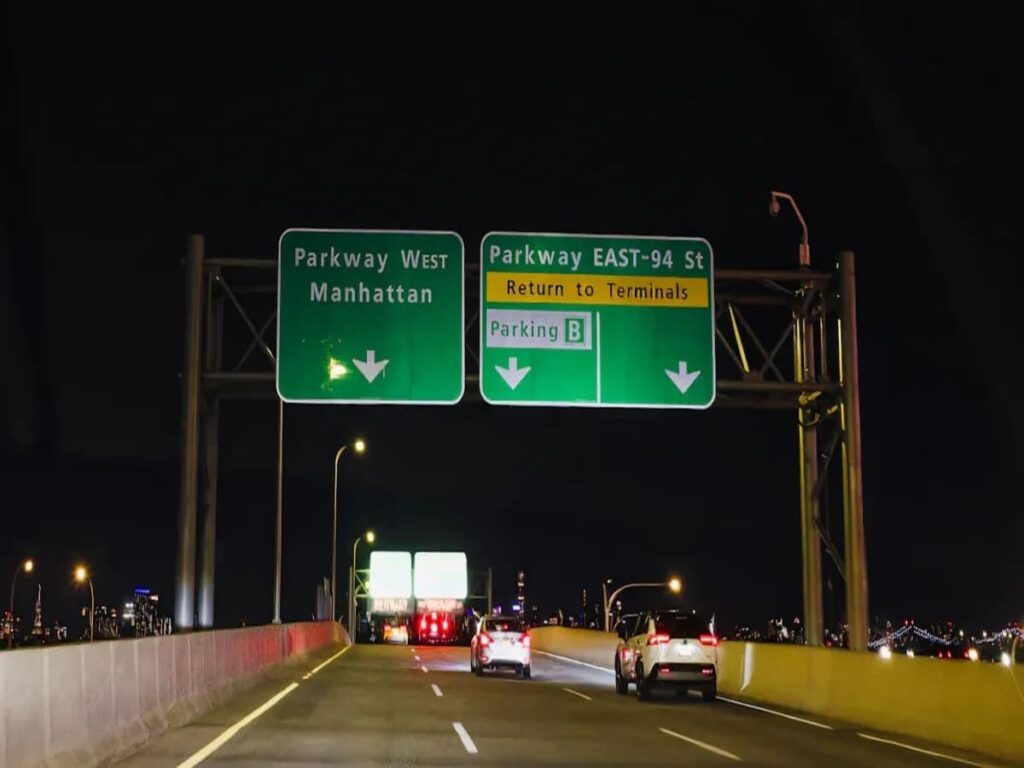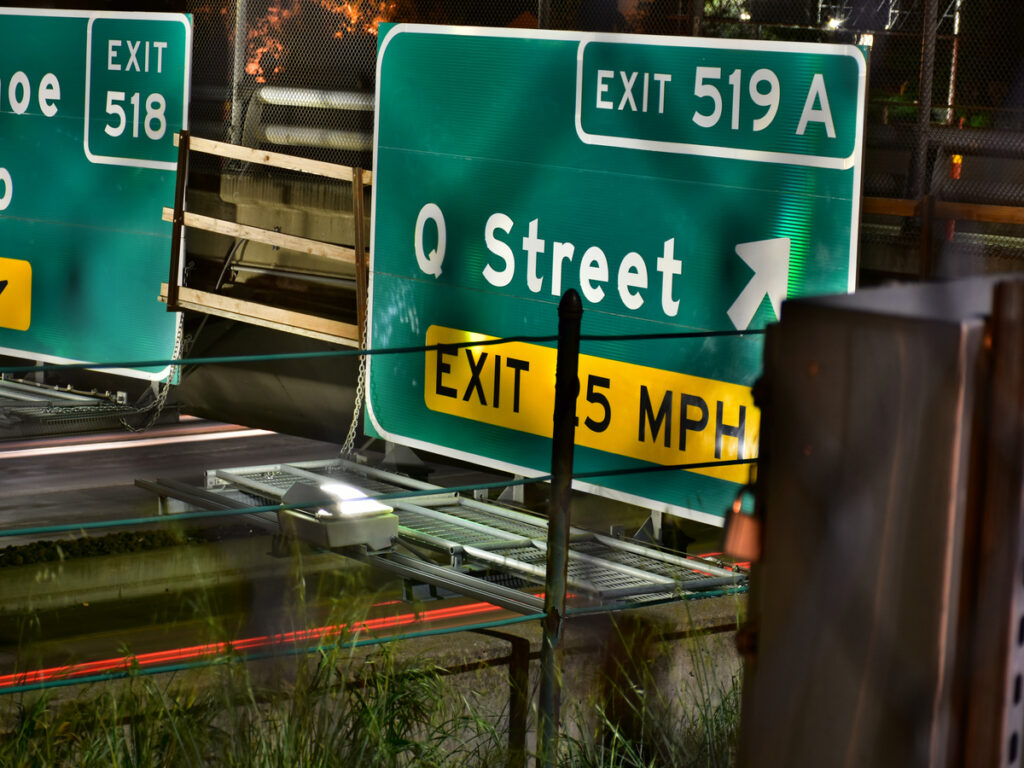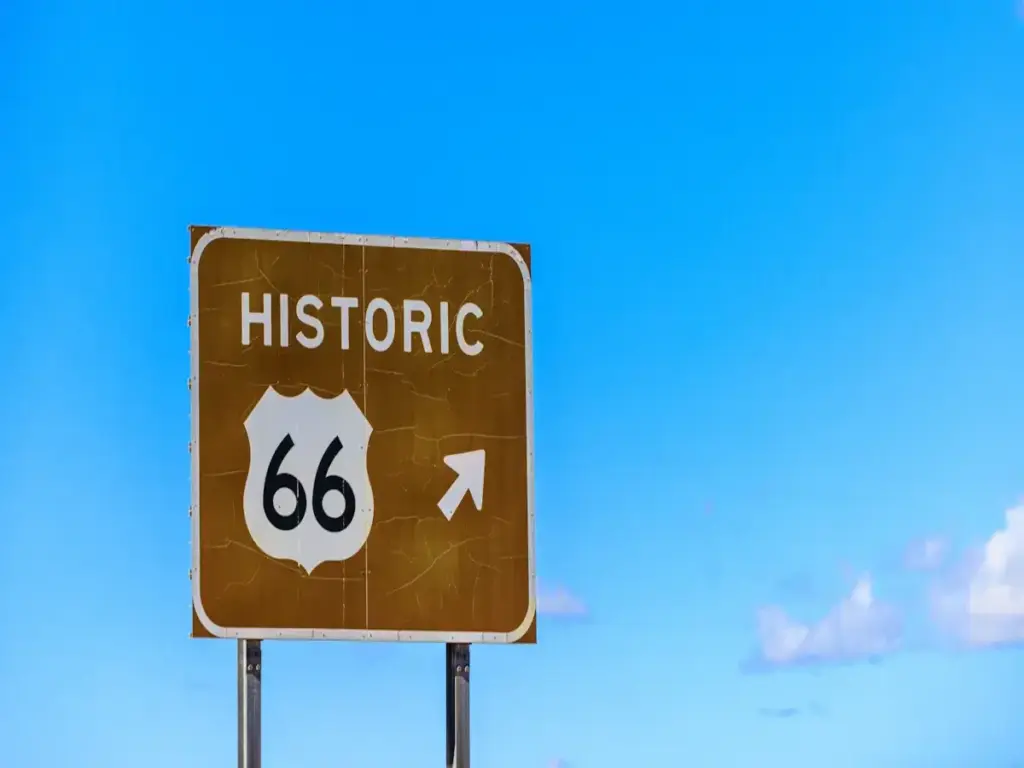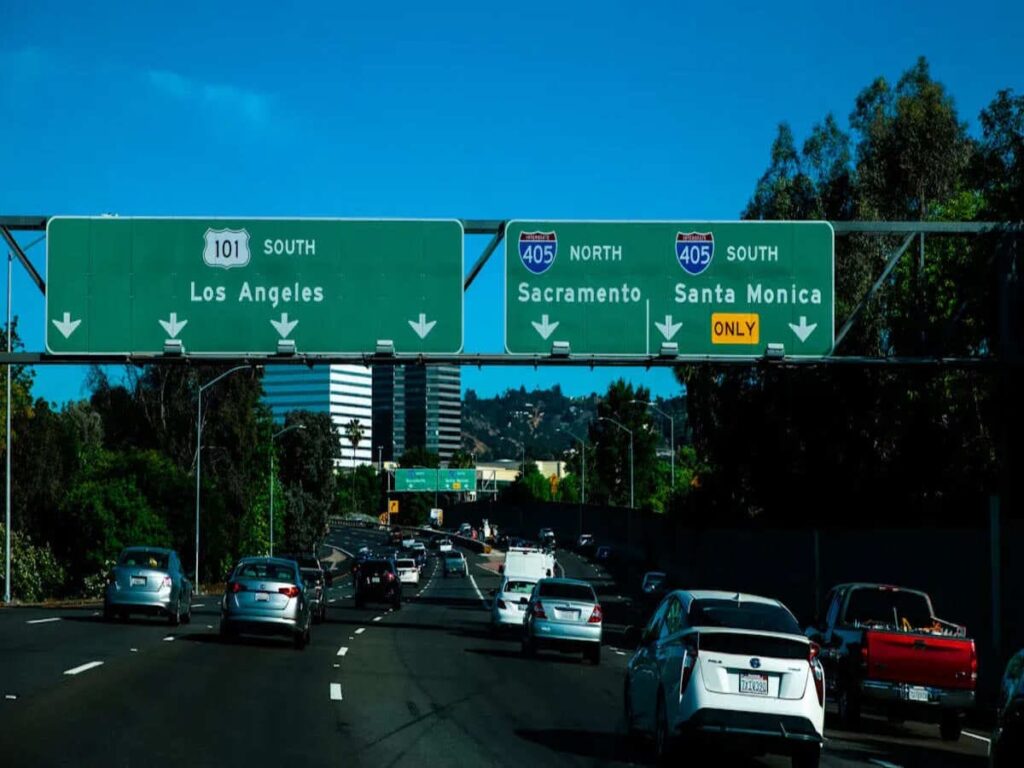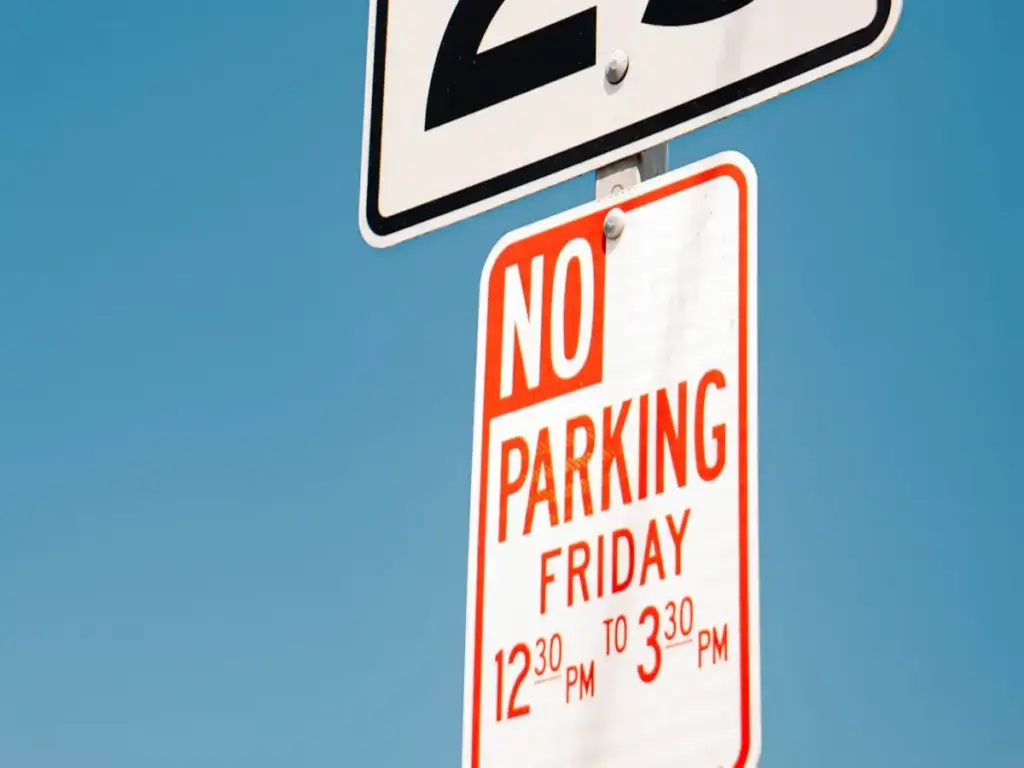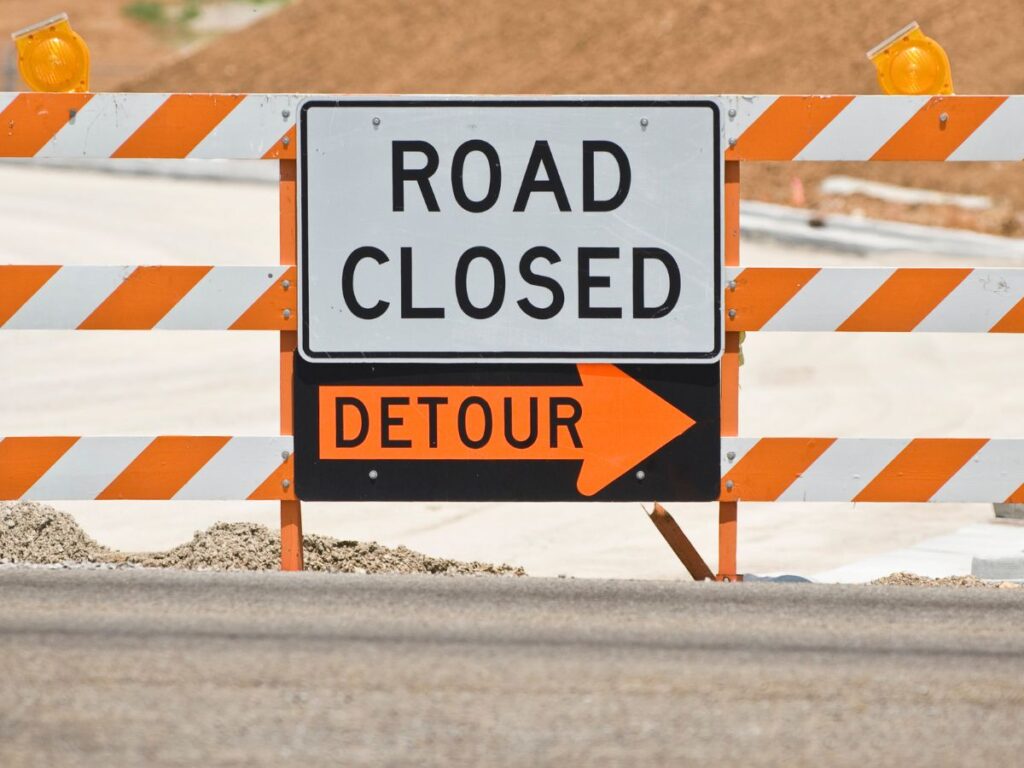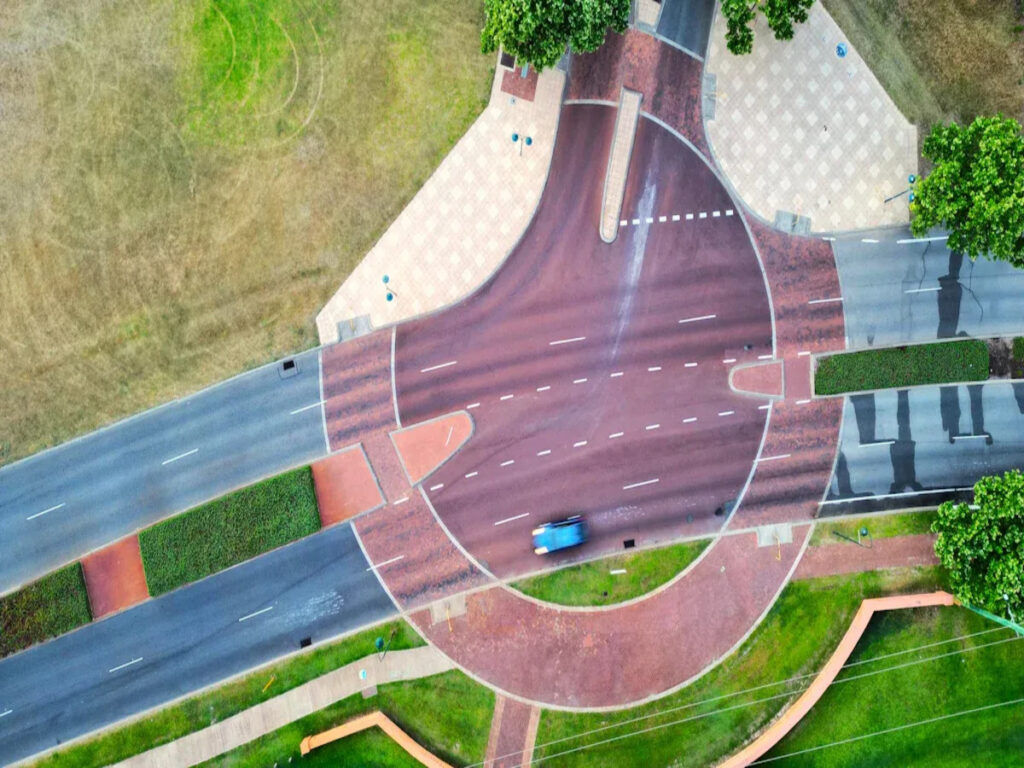
T intersection signs are a key part of Australia’s traffic sign system, especially on roads without signals. These road signs help drivers navigate where one road ends and meets another, reducing confusion and improving safety. In areas with limited visibility or no traffic lights, the proper placement and clarity of T intersection traffic signs are critical. A well-placed T intersection sign gives early warning to drivers, preventing sudden stops or wrong turns. As part of Australia’s standard warning traffic signs, they play a crucial role in protecting both vehicles and pedestrians at busy or rural intersections.
For traffic signs for sale like T intersection warning signs, pedestrian crossing signs, and other regulatory signs, OPTRAFFIC offers durable, compliant solutions trusted by councils and contractors across Australia.
Key Takeaways
- T intersection signs need to be put at the right spot and height. This gives drivers and people walking enough time to act safely.
- Bright, shiny materials and extra lights help people see signs at night or in bad weather. This helps stop accidents from happening.
- Checking and fixing signs often keeps them clear and bright. It also makes sure nothing blocks them, like trees or parked cars.
- Councils must follow Australian rules and use approved or special signals. This makes sure all intersections are safe and easy to understand.
- Good sign placement and design help keep roads safe for everyone. This lowers crashes and makes intersections easier to use.
T Intersection Signs Overview
Purpose and Function
T intersection signs play a critical role in road safety across Australia. These traffic signs alert drivers that the road ahead ends in a T-junction, requiring them to turn left or right. By giving early warning, T intersection signs reduce confusion and help prevent collisions. Clearly visible signage is especially important in poor lighting or low-visibility conditions. For both drivers and pedestrians, proper placement of traffic signs improves awareness and keeps intersections safer.
These signs also support smoother traffic flow. T intersection traffic signs remind drivers to slow down as they approach the junction, reducing the risk of sudden stops or dangerous merges. In high-traffic areas, well-positioned road signs help manage vehicle movement and pedestrian safety, improving overall intersection control.
Regulatory Standards
Australian rules have strict laws for intersection signals. The AS 1742 series and AS/NZS 1906.1 say how to design, size, and place t intersection signs. These rules make sure signs are easy to see in all weather. Councils and workers must follow these rules to keep roads safe.
A normal t intersection sign is diamond-shaped with a yellow background. It has a black symbol on it. The sign size depends on the speed limit near the intersection. Signs must use reflective materials to be seen at night or in bad weather. Regular checks keep signs clear from things like trees or parked cars.
Intersection Design and Sign Placement
Placement Distances
How intersections are designed plays a key role in road safety. Australian standards like AS 1742 and AS/NZS 1906.1 provide clear guidelines for the placement of traffic signs at intersections. These regulations ensure that road signs are positioned where both drivers and pedestrians can see them early and respond in time.
The recommended distance between a warning sign and the intersection depends on the speed limit. For example, if the limit is 80 km/h, the traffic sign should be placed about 120 metres ahead of the intersection. In areas with lower speed limits, the sign can be placed closer. This spacing gives drivers enough time to slow down and prepare to turn. Early visibility of road signs also helps pedestrians decide when it is safe to cross.
Height and Position
The height and placement of traffic signs directly affect how well drivers and pedestrians can see them. According to Australian standards, road signs should be mounted between 1.5 and 2.2 metres above ground level. This ensures visibility even when parked vehicles or other obstructions are nearby.
Signs are usually installed on the left side of the road. In some cases—especially at wide intersections or where vehicles might block the view—placing traffic signs on both sides improves visibility. For pedestrian safety, signs must never block footpaths or force people to step onto the road. Clear and accessible road signage helps everyone navigate intersections safely and confidently.
Here is a table that shows the usual heights for signals at intersections:
| Road Type | Mounting Height (metres) |
|---|---|
| Urban | 1.5 – 2.2 |
| Rural | 1.8 – 2.2 |
It is important that signs are not hidden by trees, poles, or parked cars. Good intersection design removes things that make it hard to see signs. Councils should cut back plants and move things that block signals.
Urban and Rural Considerations
Intersections are different in cities and in the country. In cities, where there is more vehicle and pedestrian traffic, road signs must stand out from visual clutter like shop signs, parked cars, and street furniture. Local councils may improve sign visibility by using larger signs or placing them on both sides of the road. Clear pedestrian crossing signs are essential to guide foot traffic and prevent accidents.
In rural areas, although traffic is lighter, vehicles typically travel at higher speeds. This means traffic signs must be placed far enough in advance to give drivers enough time to slow down or stop. Even in areas with fewer people, road safety remains critical—especially near schools, bus stops, or rural intersections. Councils should ensure signs are visible in all weather conditions, including fog, rain, or dust storms, to protect both drivers and pedestrians.
Councils and workers should follow these best steps for intersection design and sign placement:
- Put signals the right distance before the intersection.
- Place signals at the right height for everyone.
- Use both sides of the road for signals if possible.
- Keep the view clear and remove things that block signals.
- Make sure people walking can always use the footpath.
These steps help everyone use intersections safely. Good design and careful signal placement stop confusion and lower the chance of accidents for drivers and people walking.
Visibility Best Practices
Reflective Materials
Reflective materials help make T intersection signs easy to see. Councils use Class 1W or Class 400 sheeting for these signs. These materials bounce car headlights back to drivers. This helps drivers see signals at night or when it is dark. Good reflective films and LED lights on signs help drivers react faster. They also help drivers make better choices at intersections. Many councils use these materials because they save money and help stop accidents.
A study in Sioux City showed crashes dropped by 38% after using reflective materials on signs. Another study found that better stop signal reflectivity lowered nighttime crashes by 4.4%. Night driving is only about 25% of all driving. But it causes almost half of all traffic deaths. This proves why good reflective materials on signals are very important.
| Study | Outcome Summary |
|---|---|
| Ripley (2005) | Sioux City had 38% fewer crashes after using reflective materials on signals. |
| Persaud et al. (2008) | Nighttime crashes went down by 4.4% after improving stop signal reflectivity. |
Diamond Grade sheeting is better than other types for seeing and reading signs, especially at night. Councils should always check that signs use the right reflective material. This keeps signs easy to see.
Tip: Check and replace faded or damaged reflective sheeting often. This keeps signs bright and easy to spot.
Night and Weather Visibility
Night and bad weather make it hard for drivers to see signs at T intersections. Retroreflective signs help drivers see intersections in the dark or in fog. Over time, weather and sunlight can make reflective surfaces fade. This makes signs harder to see. Councils should use anti-UV coatings and anti-fog sheeting. These protect signs from fading and fog.
Studies show about 10% of the signs seen in the day are missed at night. Glare from lights, shadows, and uneven lighting can also hide signs. Well-kept retroreflective signals are easier to see than old or broken ones. The Federal Highway Administration made rules for how bright signals must be at night.
How well you see signals at night depends on the reflective material. Councils should check signals often and replace them if they do not meet the rules. This keeps traffic safe and helps drivers make good choices at intersections.
Note: Good signal visibility in all weather and light is very important. It helps lower traffic accidents at T intersections.
Supplementary Warning Devices
Sometimes, reflective materials alone are not enough to warn drivers. Councils can add extra devices to make signs at T intersections easier to see. These include solar-powered flashing lights, LED border-lit signals, and Variable Message Signs (VMS). These tools help drivers notice signs sooner. This is helpful where cars go fast or where it is hard to see.
Reflective pavement markings can guide drivers to the intersection. In places with heavy fog or glare, anti-fog sheeting and special lighting can help signs stand out. Councils should use these options at intersections with many accidents or poor visibility.
- Solar-powered flashing lights help people see signals at night.
- LED border-lit signals make signs brighter and easier to see.
- VMS can show real-time warnings or messages for changing traffic.
- Reflective pavement markings help drivers stay in the right lane.
Alert: Councils should use both reflective materials and extra devices. This makes sure signs are always easy to see, no matter the time or weather.
Common Mistakes at T Intersections
Poor Placement
When signs are not put in the right place, people get confused. Drivers and people walking may not know what to do. If signs are too close to the intersection, drivers cannot slow down in time. If trees or parked cars hide signs, people walking are not safe. Signs after a bend or in a dip are hard to see. This makes crashes and other dangers more likely. Councils need to make sure signs are easy to see and far enough from the intersection.
Non-compliance
If signs do not follow Australian rules, intersections are not safe. Signs that are too small or not bright enough can confuse people. Sometimes, councils use signs that are not approved. This can make roads unsafe for everyone. Signs that do not follow the rules might not warn about dangers or changes in traffic. Councils must always use the newest rules for signals.
| Mistake Type | Impact on Intersection |
|---|---|
| Wrong size | Hard to see |
| Low reflectivity | Warnings missed |
| Uncertified signs | Legal trouble |
Maintenance Issues
T Intersection Signs need to be checked often to work well. If signals are faded or broken, people cannot see dangers. Sun and rain can make signs wear out over time. If councils do not fix signals, they stop working as they should. Worn signals at crossings make accidents more likely. Checking signals often keeps them bright and clear. Councils should change signs when they get damaged.
Maintenance and Inspection
Inspection Schedules
Checking T Intersection Signs often helps keep roads safe for everyone. Councils make plans to check signs for damage or fading. They also look for things blocking the signals. If something blocks a sign, drivers or pedestrians might not see it. Most councils check signals two times each year. In busy places or where many people cross, checks happen more often. This keeps signs working well. Inspections also look at places where weather can harm signs fast.
Tip: Councils should always look at signals after storms or strong winds. Branches or rubbish can cover signs and make them hard to see.
Replacement Policy
Signs at intersections do not last forever. Councils have a plan to change old or broken signs. They swap signals if they are faded, broken, or vandalised. Most traffic reflective signs last about seven to ten years. Councils keep notes on when each sign was put in. This helps them know when to change signs. If a sign near a crossing is hard to see, councils fix or change it quickly.
A simple table helps councils know what to do:
| Signal Condition | Action Needed |
|---|---|
| Clear and bright | No action |
| Faded or damaged | Replace soon |
| Blocked by trees | Clear obstruction |
Council Responsibilities
Councils must keep intersections safe for drivers and pedestrians. They make sure all signs follow Australian rules. Councils check that traffic signs work and are easy to see. They keep footpaths clear so a pedestrian can cross safely. Councils teach workers to find problems with signals and fix them fast.
Compliance and Procurement
Certified Signage
Councils and contractors must use certified signals at T intersections. These signs follow strict Australian Standards for traffic signal design. The R1 series from HIVIS is trusted for regulatory road signs. This series includes the Stop sign and the Give Way sign. Both are important in traffic sign design at T intersections. The Stop sign is a red octagon. It tells drivers to stop completely. The Give Way sign is a triangle that points down. It tells drivers to let others go first. These signals use Class 1100 reflective materials. This makes them easier to see and last longer.
Custom Solutions
Some intersections need special traffic sign design. Unique roads or local needs may need custom signs. Councils can order custom traffic control signs with extra features. These might have bilingual text, bigger sizes, or special reflective coatings. Custom signs help drivers and people walking understand the intersection better.
A table shows common custom options for traffic control signs:
| Custom Feature | Benefit for Traffic Sign Design |
|---|---|
| Bilingual text | Helps people who do not speak English |
| Larger size | Makes signs easier for everyone to see |
| Extra reflectivity | Makes signs clearer at night |
| Anti-graffiti coating | Keeps signs clean and easy to read |
Custom traffic control signals make intersections safer. Councils should work with approved suppliers to design the right signs for each place. Good traffic sign design uses both standard and custom signs to keep everyone safe.
Case Studies
Correct Implementation
Bourke Street in Sydney shows a good example of T intersection sign placement. The City of Sydney Council worked on a 3.4 km project. This project went through Woolloomooloo Bay, Darlinghurst, and Surry Hills. The area has homes and shops together. The team made “Shared Environment Intersections” at quiet T intersections. These places let pedestrians go first. Cyclists and drivers have equal rights here. The design used clear road signs and lower speed limits. There were also things to slow down cars. Cyclists got safe paths with medians, curbs, and plants. The team thought about old trees, parking, and safety for everyone. Good leaders and working with the Roads Authority helped the project. The result was safer and nicer intersections for people walking and cycling.
| Aspect | Details |
|---|---|
| Location | Bourke Street, Sydney, Australia (Woolloomooloo Bay, Darlinghurst, Surry Hills) |
| Project Length | 3.4 km |
| Context | Mixed-use main street (residential/commercial) |
| Key Design Feature | “Shared Environment Intersections” at low-volume T intersections |
| Intersection Design | Right-of-way for pedestrians; equal rights for cyclists and motorists |
| Safety Measures | Reduced speed (40 km/h), traffic calming, curb extensions, improved lighting |
| Physical Protection | Cycle tracks separated by medians, curbs, buffer planting |
| Lessons Learned | Addressed heritage, parking, and safety concerns |
| Success Factors | Political leadership, experienced management, Roads Authority collaboration |
| Funding | City of Sydney Council |
| Outcome | Enhanced pedestrian and cyclist safety and amenity at T intersections |
Note: Good signals and smart intersection design can make roads safer and easier for everyone.
Incorrect Implementation
Putting road signs in the wrong way at T intersections can cause problems. The Older Driver Highway Design Handbook found this can confuse drivers. If signs are not the same at each intersection, drivers get mixed up. This is worse where there are medians. Older drivers may not know how to use the intersection. This can lead to more wrong-way driving and crashes. If medians are hard to see, it is even more confusing.
A study in Victoria showed that bad zebra crossings at T intersections made walking harder. Drivers and people walking did not know what to do. The rules say drivers turning in must let pedestrians cross. But drivers turning out do not have to stop. This makes the intersection confusing. Surveys and expert talks showed that mixed-up signs make roads less safe. They also make it harder for people to walk in their neighbourhoods. The study says all T intersections should have the same rules. This would help keep everyone safe and make walking easier.
Alert: Mixed-up signals and unclear intersection design can make roads less safe and make people unsure.
Putting T intersection signs in the right place is very important for safety. Signs must be easy to see so drivers and people walking stay safe. Councils and planners need to follow Australian rules for signals. They also have to check and fix signs often. The table below shows how better signs and good care can stop crashes at intersections:
| Countermeasure | Crash Reduction Factor | Application Context |
|---|---|---|
| Enhanced Signing and Delineation | Up to 40% | Unsignalised intersections with poor visibility |
| Improved Maintenance of Stop Signs | Critical | All stop-controlled intersections |
| Supplementary Stop Signs Mounted Over Roadway | 19% | Intersections with right-angle crash patterns |
| Flashing Beacons at Stop-Controlled Intersections | 12-58% | Rural or low-visibility intersections |
| Lighting Improvements | 38% | Unlit intersections with nighttime crash patterns |
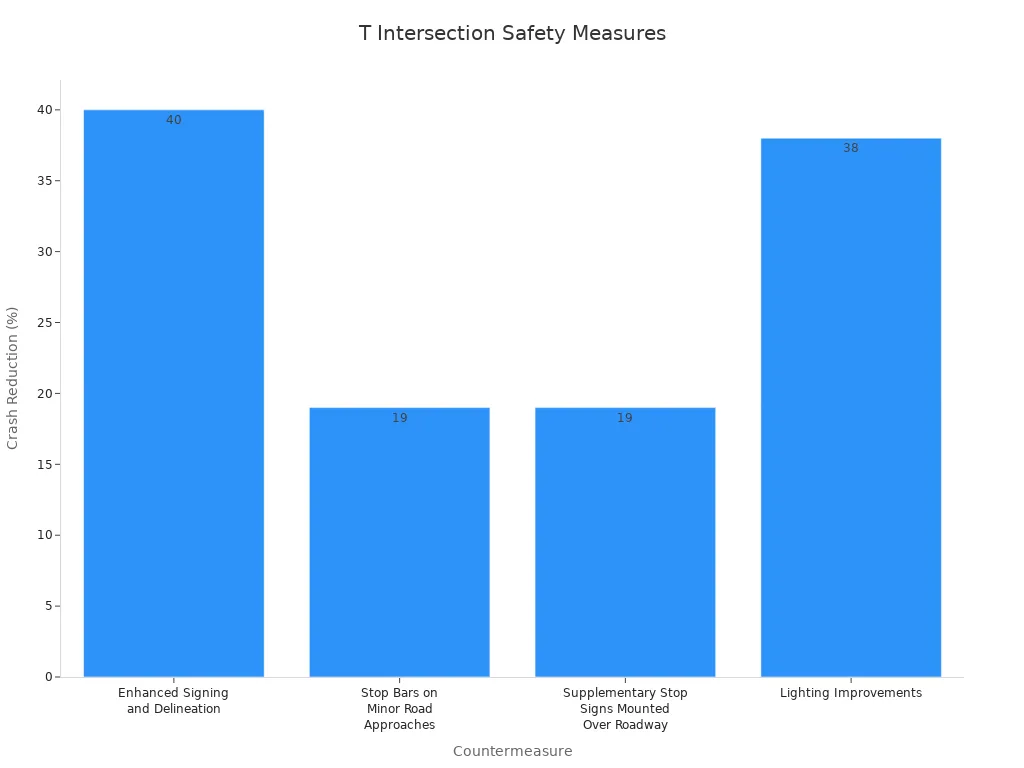
When road signs are clear, drivers and people walking can make better choices. Councils should plan well, ask experts for help, and use strong traffic signs. This keeps intersections safe for everyone.
To learn more about selecting the right signs for different types of intersections, read our blog: How to Choose the Right Traffic Signs for Different Types of Intersections in Australia.
FAQ
What does the T-intersection sign mean?
A T-intersection sign warns drivers that the road they are on ends ahead and they must turn either left or right. It alerts road users to slow down and prepare to give way to traffic on the intersecting road. In Australia, this sign is usually a black “T” on a yellow diamond-shaped background.
What is the sign for T-intersection ahead?
In Australia, the “T-Intersection Ahead” warning sign features a black T-shape on a yellow background with a diamond shape. It indicates that the current road will end at a T-junction and drivers should be prepared to stop or give way.
What is the sign for a T junction?
A T-junction sign and a T-intersection sign refer to the same warning in road signage. It informs drivers that they are approaching an intersection where the road ends. Depending on local conditions, additional signs such as “Give Way” or “Stop” may also be installed.
Who must yield at the T-intersection?
Generally, traffic on the terminating road must yield or stop and give way to traffic on the through road. In Australia, this is typically reinforced with a Give Way sign or road markings. Drivers should always follow the posted signage and road rules for right of way.

